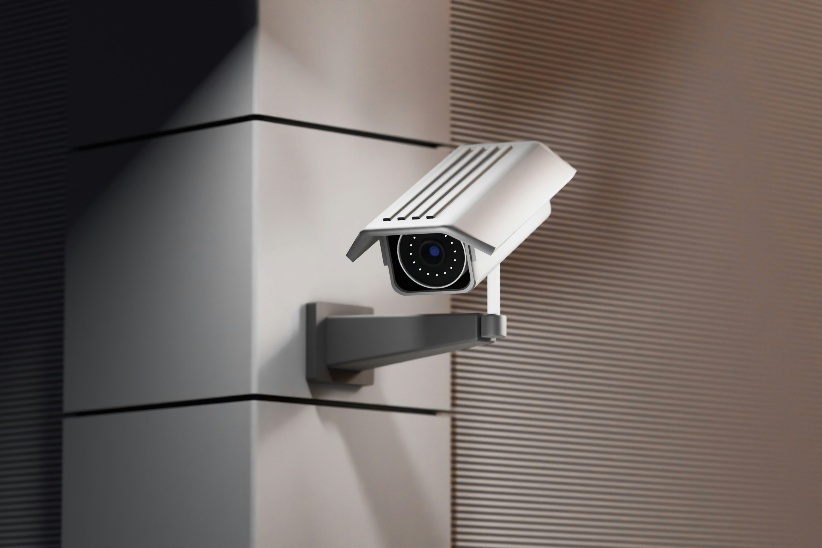For years, the Dutch police have been working with hundreds of thousands of individuals and businesses in solving crimes. In fact, it has a registry called Camera in Picture, where individuals and companies can register their cameras if they want to help the police. Thus, countless cameras in the Netherlands can be found through the registry and crimes can be solved faster. Handy, but it also comes with risks.

We previously wrote about the smart doorbell camera. As with the doorbell camera, most of the cameras affiliated with the Camera in Picture collaboration do not just film their own premises. The vast majority film public space, creating a network of approximately 300,000 private cameras filming public space.[1] Anyone walking down the street may unknowingly be captured by dozens of cameras - often by neighbors who want to secure their homes and hope to make the neighborhood a little safer. And with a bit of bad luck, this means that every time you come home or go out, you are on the neighbor's camera.
The ease with which a private individual can film public spaces too enthusiastically is enormous. And that while, when the municipality or police want to film themselves, strict conditions rightly apply. Camera surveillance must be publicized and the need must be substantiated: it is allowed only if no other alternatives are possible. There must also be nuisance or crime that cannot be dealt with in any other way. In addition, it is always temporary and only the police may view the footage,[2] meaning that you can know where you are being filmed and have the opportunity to inquire whether it is being done according to the rules. Should it be too much of an invasion of your privacy, you can go to court.
If the neighbor puts up a camera, the situation is different. Camera surveillance must be officially announced, but in practice this is far from always the case. Even with a sign that camera surveillance is taking place, it is impossible for the passerby to assess whether the public road is also being filmed. After all, from outside it is difficult to see what the field of view is, whether the camera is always on, or, for example, only works when the doorbell rings or someone enters the premises. In other words, you often do not know that you are being filmed and certainly not how.
It also remains to be seen whether the neighbor follows the rules. Camera images may not be kept for too long and filming is only allowed if there is no other way. Facial recognition is also prohibited. The police have recently made parts of the Camera in Picture dataset public, and it shows that not everyone follows the rules.[3]
Moreover, we regularly see images being shared recognizably. What about the footage of that group of youths causing a nuisance that appears in the neighborhood app? Or that package delivery man who gets into his car right after ringing the doorbell and ends up on Dumpert or YouTube? Would these individuals have given permission for recognizable publication?
And to be fair, the excess of camera surveillance actually benefits the police. The longer images are kept and the more they are captured, the more likely it is that there will be useful images in the event of a crime. The lack of knowledge and interest in privacy is gratefully used by the police to make their job easier. Indeed, the police actively encourage camera surveillance and also provide instructions on the police website on how to make camera footage as usable as possible.[4]
This creates a dangerous situation: a form of surveillance without a legal basis. The police are cleverly exploiting a gray area: after all, they do not film themselves, but know exactly where private cameras hang and how to retrieve images. Thus a public task - surveillance in public spaces - is outsourced to private individuals, without the safeguards that normally apply. A trick is applied: the rules for public camera surveillance are circumvented, while the result is the same.
For the ordinary citizen, this is hardly noticeable. The surveillance is not known, there is no sign from the municipality or decision from the mayor, and no one knows if and how often images are requested. This creates large-scale, invisible surveillance, with all its security risks. The images of well-meaning citizens become a honeypot for police, intelligence agencies, hackers and malicious parties. And in the meantime, the system legitimizes abuses by private individuals who film without supervision without limits. What began as a handy tool to solve crimes thus threatens to become a structural curtailment of our freedom without a legal basis.
[4] https://www.politie.nl/informatie/wat-is-camera-in-beeld.html

